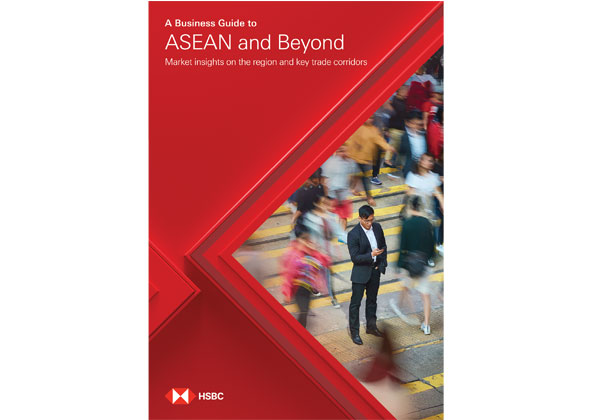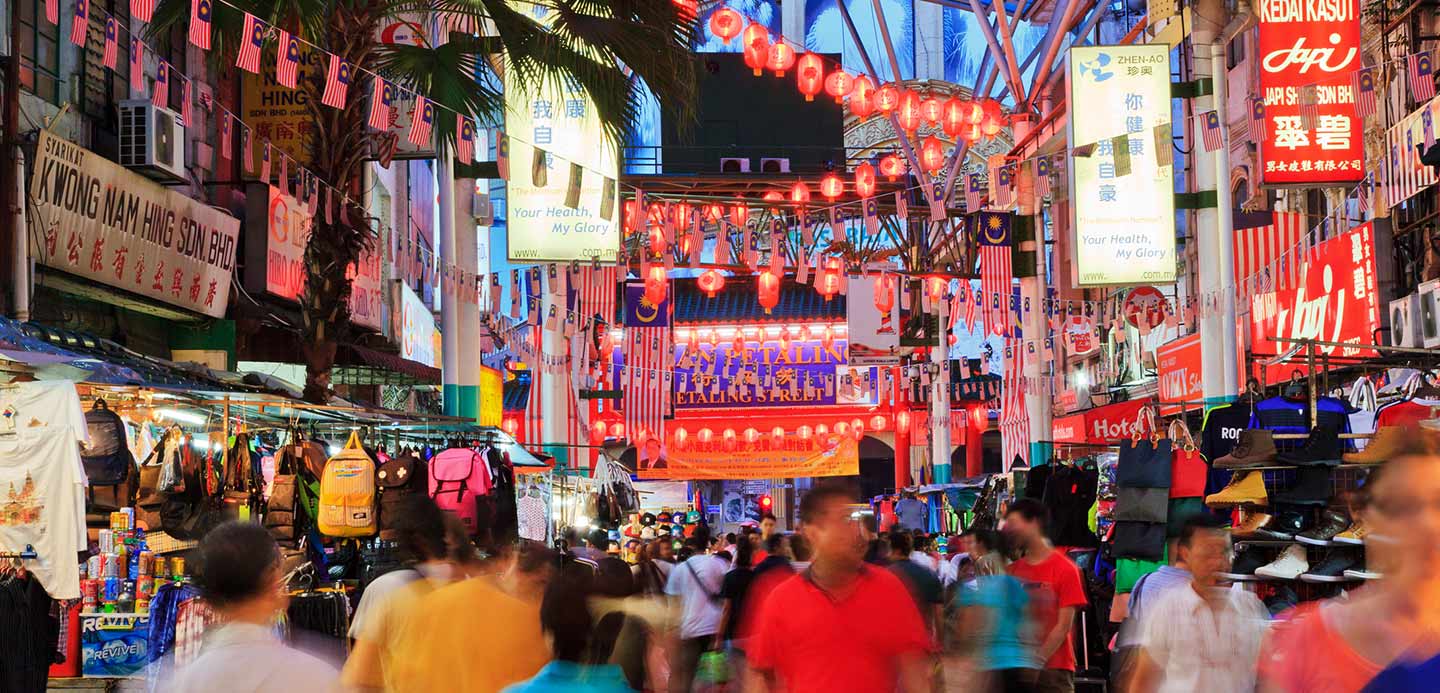From its growing consumer base to the rapid rate of digital transformation, expanding your business across ASEAN offers exciting opportunities. You need a partner with an extensive network to help you scale with the full suite of tailored services including access to capital, easy cross-border transactions, advisory services, and more.
We make achieving your ASEAN business growth strategies easier with:












